There is so much written about Mauritius that we could circle the world with words. Here-below is the practical information you may need, compacted into an ABC-book.
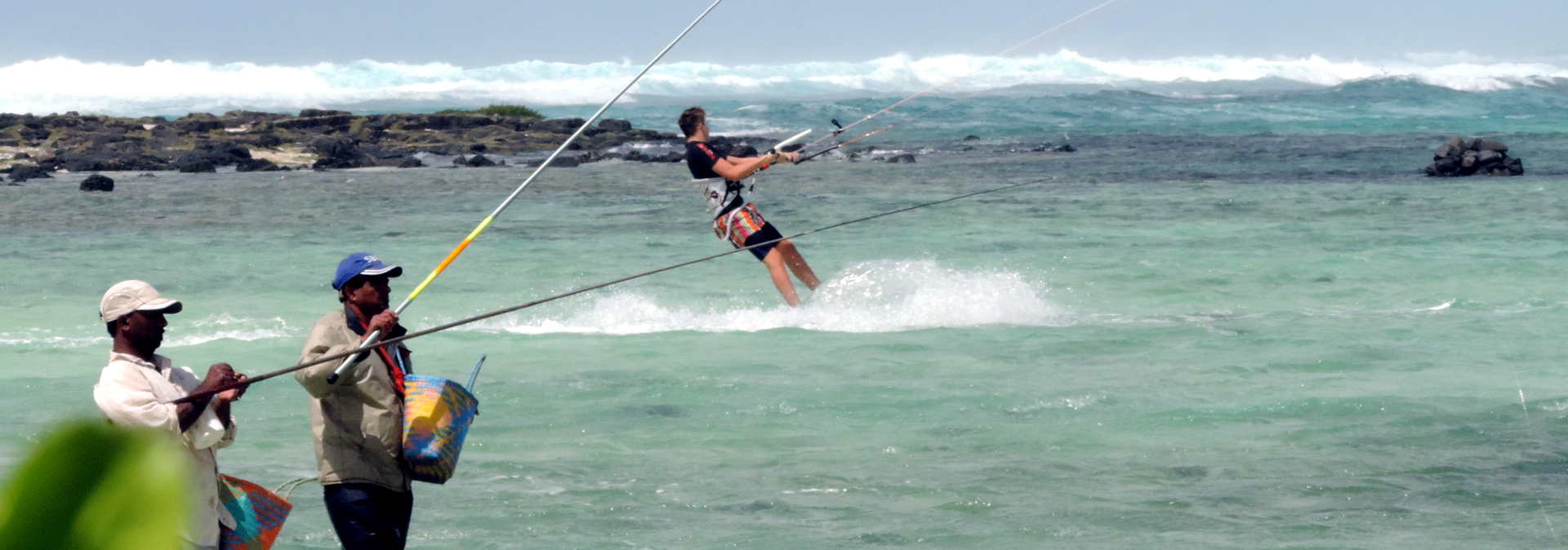
The amount of possible activities in Mauritius is now important. Here is the ABC-book of the ABC-book…
Abseiling, Climbing and canyoning
Boating, sailing boats and power-boat trips – In groups or as exclusive rentals. Note however, that it is not possible to have a bare-boat rental in Mauritius.
Buggies – Rides in hunting grounds
Diving
Dolphins – Observation and swim with (Whale-watching in winter)
Fishing – Big game and in kayaks
Golfing – at least eight 18-hole courses
Helicopter rides
Hunting – Dear and boars
Historical itineraries
Kayaks – Excursions and rentals
Kitesurfing – Lessons, downwinds and wave-riding. (see our blog about kitesurfing in Mauritius).
Lions- Walk with
Massages – At your villa (see our dedicated website about massages and wellness).
Microlight aeroplanes and seaplane trips
Mountain-biking
Parasailing
Quad – Rides in hunting grounds
Hikes – in nature reserves
Skydiving – in tandem
Undersea-walk
Windsurfing
Yoga – Lessons at your villa.
Zip-lines
(See transportations)
Small uphill village of Mauritius where living is easy. If today it counts some restaurants and guest-houses and is certainly the most visited village of Mauritius, it has kept all of its Creole charm owing to its remote location and long-time isolation. Indolent is the vibe. To get the pulse of Chamarel, it is recommended to visit on a Sunday morning, around mass-time, when the villagers are all dressed in their best gear or even better, on the day of the annual Fancy-fair, occurring some time in July.
The Chamarel route is a must-do if weather conditions are on your side (the high plateaus are a rainy region). It drives you through Plaine Champagne, the Macchabé forest, besides the Black-River Gorges national park and Grand-Bassin. There are along this road several view-points as well as starting points for hikes, including the one going to Pétrin and the Piton de la Rivière-Noire, the culminating peak of Mauritius. From Chamarel it is possible to drive either to the south-west coast or go down towards the western end of the south coast.
Mr. Charles Antoine de Chazal de Chamarel, an ancestor of Malcom de Chazal, famous Mauritian artist, poet and writer, is the person who gave is name to the village. He settled there in 1793, running a plantation of coffee, indigo, cotton and sugar-cane.
If one had to define the climate of Mauritius in two words, it would be: “micro-climate” and “unpredictible”. The island has a tropical climate with a high rainfall in summer when heavy showers act as regulators of the extreme temperatures, mainly in evenings and at night.
In winter (June to September), weather is more predictable as the anti-cyclones progress in cycles, approximately as follows:
1 day with high wind, scattered clouds and possible showers, 4 to 5 sunny days with moderate wind, then 1 day with lighter wind. Owing to the heating of the seas, weather forecasts are getting less and less exact, even in winter.
With a wide range of temperatures; 27 to 39°C and a high humidity of 80% in average, sometimes around 95%, the summer heat (December to March) is often uncomfortable. The high grounds are the less warm (22°C in average) and far more rainy (5,000 mm / year) than the coastal regions (1,000 mm / year).
Sea-temperature is divine with an average of 23,5 °C in August and 28°C in February and March.
(See Money)
For some it is an adjective defining a person’s origin and for others, it is a language. The meaning given to the word in Mauritius refers to its Spanish root “Criollo” that meant “servant fed at the house” as it refers to the population generated from the slaves originating from Madagascar and Eastern Africa (mainly Mozambique), a population that had little miscegenation in its history.
The word Creole also refers to the language spoken, exclusively by these people originally, now by all Mauritians. As per some historical documents, the Creole was already a language as early as the second half of the 18th century. Creole weaves the bind between all people of Mauritius. In a broader term, it means a cuisine, a way-of-life, almost an art.
(See our blog “Mauritian cuisine“).
(See Money).
(See our blog “Mauritius – What you should know“).
(See Climate).
Tropical cyclones are generally formed during the hottest months, between December and March. Owing to the climatic changes especially in oceanic currents, the “cyclonic path” has moved North, sparing Mauritius from cyclonic conditions since 2010 approximately. See our blog “The brief history of Mauritius.”
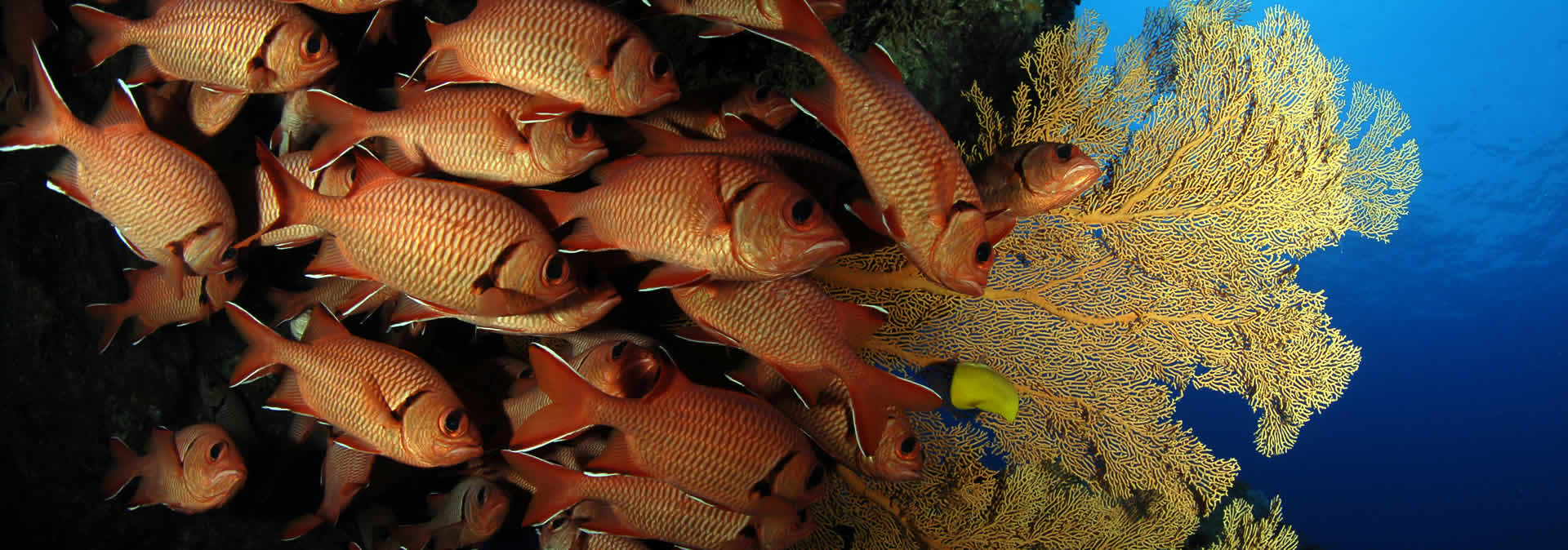
This activity is so popular that it deserves some more lines.
Experienced scuba-divers consider the West coast as the one nesting the best diving spots, specifically in the region of Flic-en-Flac. It looks like the downwind coast is indeed suitable as even the dive centres located in the North perform their dives along the sheltered side of the coast, in addition to the spots around the northern islets. This does not mean that the East coast should be written off the diving map…
For snorkelling, it is more about precise spots in the lagoons as there are nice natural aquariums in all regions; the difficulty is to find them and reach them. The Coin-de-Mire islet would be the one on top of the podium as a site suitable to both the snorkellers and the scuba-divers.
(See Hospitals or our blog “Mauritius – What you should know“.)
(See our blog “The east coast of Mauritius”.)
Compared to its per African countries, Mauritius enjoys a relatively sound economy, relying on tourism, services and especially finance to be sustained. Mauritius hosts many branches and sub-offices of multi-national IT giants as well as several business out-processing (BPO) offices and “offshore” financial institutions.
Owing to a very bad financial and economic management over the past few years and especially a lack of innovation and short-sightedness, the indicators are flashing red. A growth rate of around 3 % in 2015 – 2016, a debt getting out of the comfort zone and a quickly rising unemployment rate are on the table.
(See Hospitals or our blog “Mauritius – What you should know“.)
(See Activities.)
(See our blog “Grand Baie – The Haven“.)
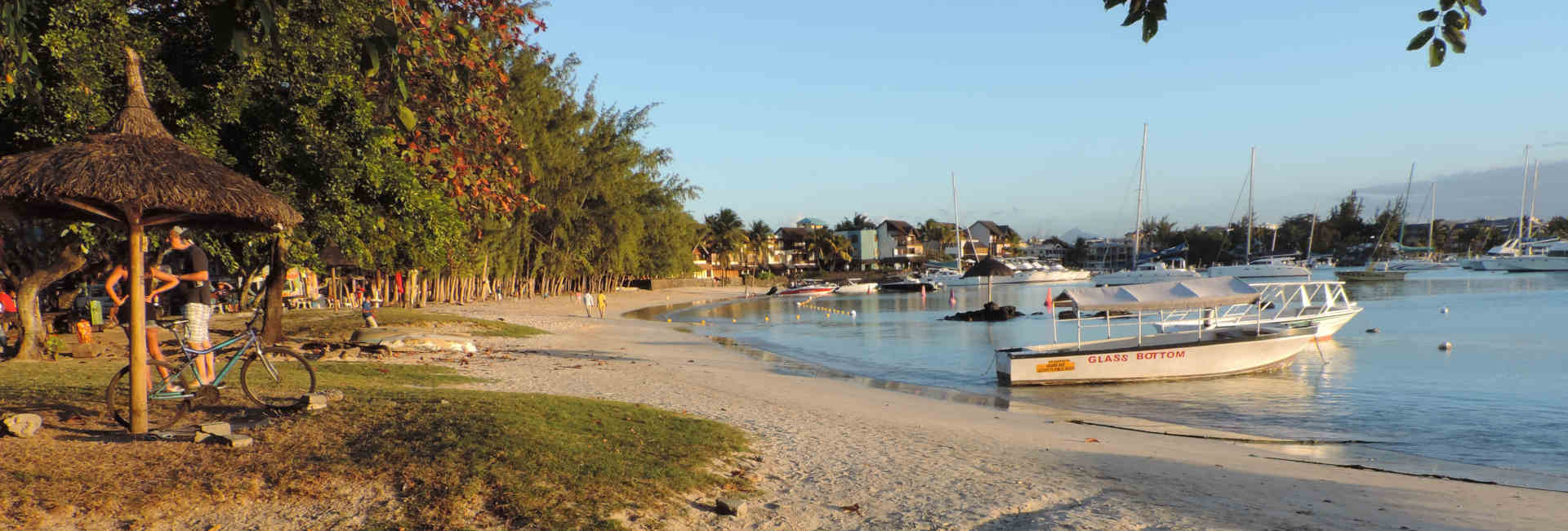
It is said that the emergency services, namely the cardiac units of the hospitals in Mauritius are pretty efficient. The Samu is thus the number to call (114) in case of accident. Otherwise, hospitals are to be avoided, as far as possible.
In our handbook, our guests receive a list of numbers to call, doctors and emergency services, according to the region they are staying.
(See visas.)
The whole island is connected. However the quality of connection is far below today’s standards despite the recent installation of optical-fiber network in most regions. The telephone network is also country-wide and very “average” in quality with 3G and 4G networks proposed by 2 to 3 operators. It is worth, for those who intend to use their own mobile while in Mauritius, to opt for a local sim card.
The Mauritian currency is the Mauritian Rupee (Rs. / MUR), which cannot be exchanged outside Mauritius. Its exchange rate is of approximately Rs. 50 for 1 Euro or Rs. 42 for a US Dollar.
There is little or no variation of rates from a bureau de change counter to the other or to an auto-teller, (which by the way are not found where you would expect them to be). It is however not a necessity to rush to the airport counters as most taxis or transfer services accept payments in foreign currencies. The Euro is the most accepted currency but not by small businesses.
Credit cards are widely accepted. In a descending order, the following cards are accepted almost everywhere around the island. Visa, MasterCard, Amex, Diners Club. Debit cards accepted in nearly all auto-teller machines are: Maestro, Sage Pay.
The grocery shops open at about 7.30 while the other types of shops and businesses open at 8.30 or 9.00 and close and 7.00 pm, Monday to Saturday. Grocery shops and supermarkets open on Sundays, till 1.00 pm. Some supermarkets open until 9.00 pm on Fridays and Saturdays. On the other hand, in some towns and villages, (including Curepipe), all shops close at 1.00 pm on Thursdays… for no coherent reason.
Villas are provisioned with the essential products and amenities upon your arrival, but they are only for the first day(s). We propose a provisioning service to those who do not intend to rent cars. This service is billed and the shopping must be refunded.
Better skip that one…
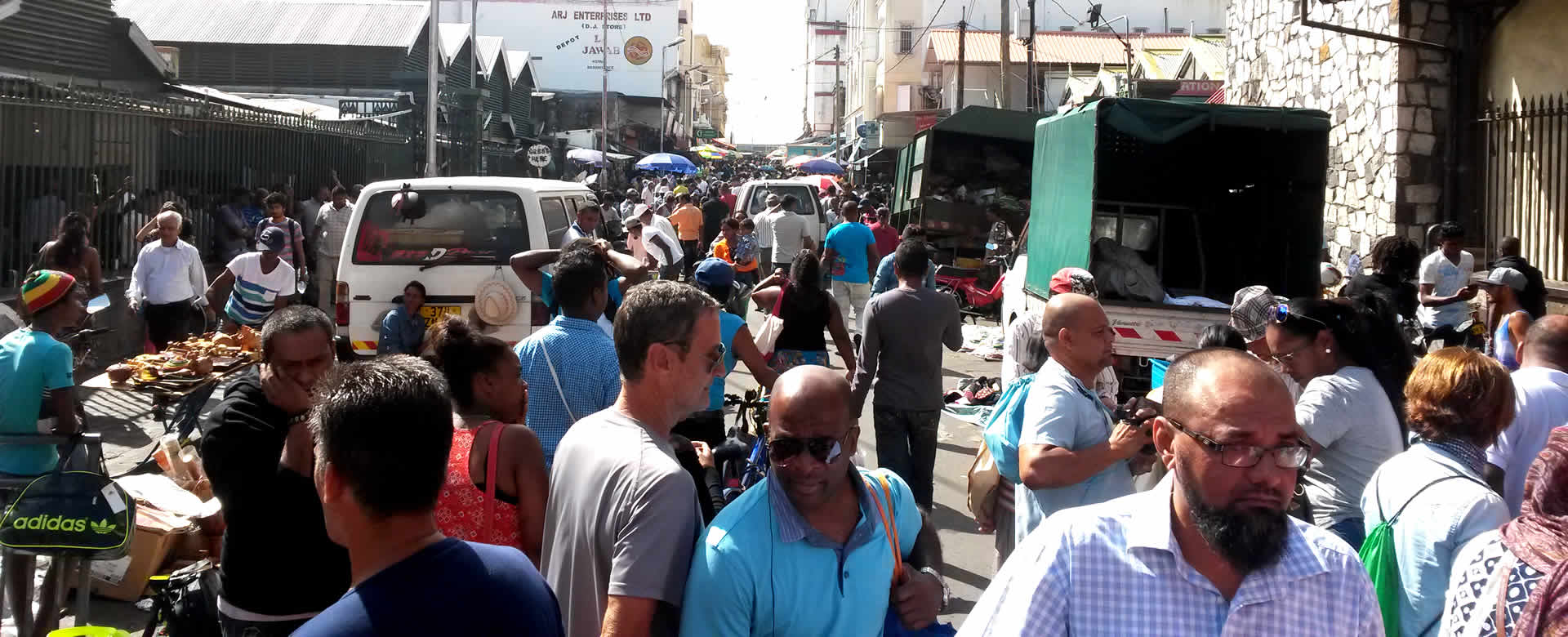
With approximately 1,300,000 inhabitants, Mauritius is an overcrowded country with 618 individuals per Km². The growth is however getting inverted.
Its population having different origins, it counts different ethnics, religions and cultures. This peculiarity can make everyday life a bit complex but it is one of the strong assets of the destination, which deserves to be discovered by each tourist.
For information purposes, the latest census which was made many years ago reported the following proportions:
– Of Indian origin: 68% of which the majority is Hindu, other Tamil and muslim.
– Creole, that is of African: 27% of which the vast majority is catholic, or else protestant or adventist.
– Of Chinese origin: 3%. Many have been baptised; some observe two religions.
– Of French origin: 2 % of which the vast majority is catholic.
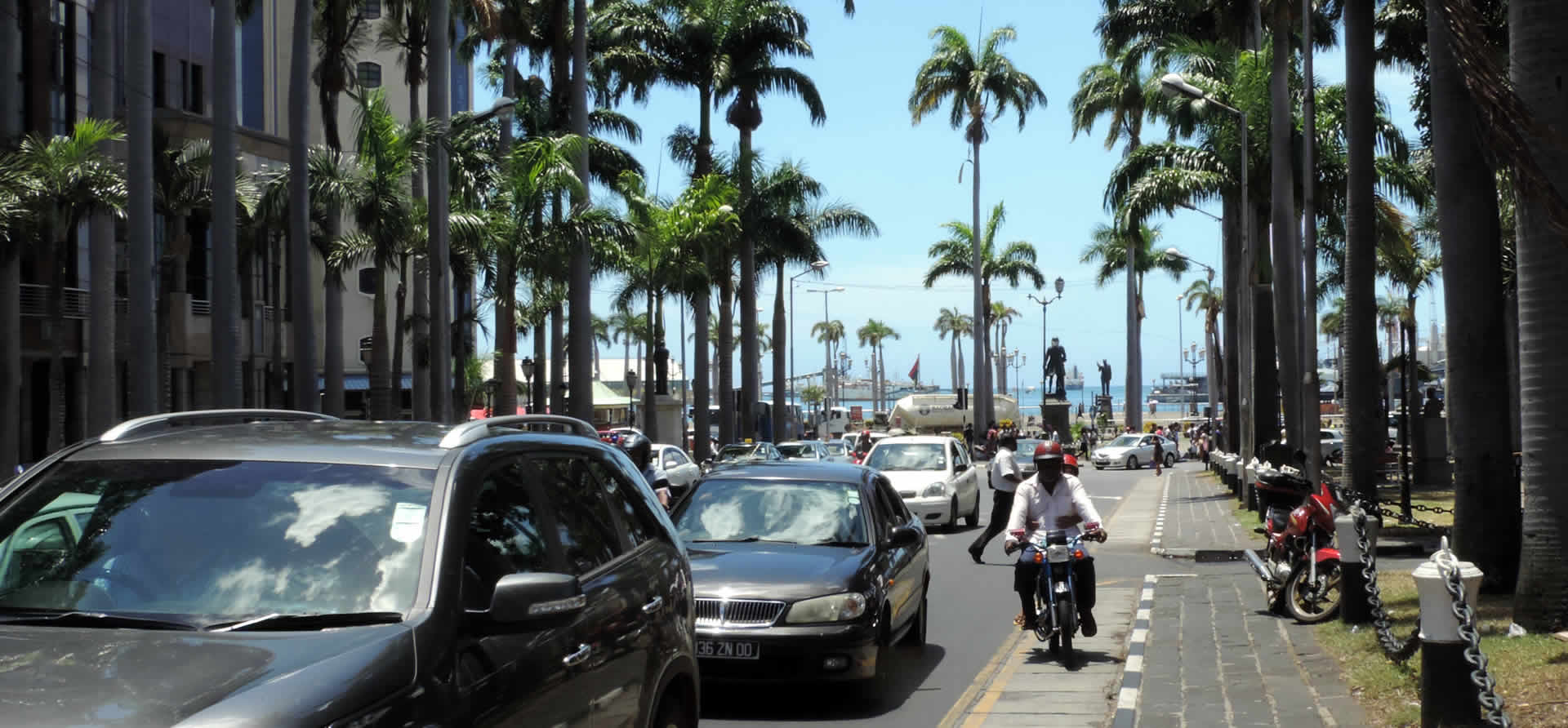
Capital of Mauritius, port-Louis is a fascinating town. Many do not fancy it, others love it; one thing is for sure, it does not leave anyone indifferent.
A dormitory town after working hours, with its 200,000 inhabitants scattered in its outskirts, it swarms and buzzes during office hours as it hosts most head offices, insurances, banks, financial services, the stock exchange but especially the supreme court and most members of the legal profession, the ministries, parliament, all the central administration and of course, the central market.
It is a unique place where one can go around the world in just a few kilometres as each street is strongly characterised by the group of population it hosts.
There is so much to tell about Port-Louis that we have drawn for our clients an itinerary on an interactive map, listing the places to see, the main old buildings, monuments and statues that contain snippets of the colonial history of Mauritius and of its main town.
Visiting port-Louis is a must… preferably in winter.
Choosing the “best region of Mauritius” for your stay depends on what you are expecting and looking forward to. If it can help, the different regions of Mauritius can be described as below.
– The centre is where the main towns are located, where there are traffic jams but also where views can be magnificent, different from the all-blue of the coastal regions. There are some great scenic routes to take and some lodges and guest-houses that allow the discovery of some sweet spots that are not easily accessible otherwise. Climate is generally rainier and less warm.
– The North coast with Grand-Baie and Trou-aux-Biches as highlights, is the “one-size-fits-all” region as it is a starting point of many nautical activities and excursions, it counts a good deal of bars and restaurants, some nightclubs, shops and other services. The countryside is rather flat, over-built by places, but the lagoons are beautifully dressed in blues, offering excellent swimming and snorkelling conditions. Weather is generally fine, especially before mid-afternoon, although uncomfortably warm during summer. Most villas being West-orientated are sheltered from prevailing winds.
– The South coast is the least developed thus the most authentic of all. It does not count many beaches but the few that are accessible have kept a wild character; bathing can be dangerous in some places. There is only one region with some beach villas for rent. The south can be seen as “extreme” and are ideal for holidays “away from it all”.
– The West coast can also be summed-up into the villages of Black-River and Tamarin as far as villa rentals is concerned. Also very uncomfortable during summer, it is the best-sheltered coast for the winter season, offering magnificent sunsets. Well-developed in terms of services and facilities, the West coast still hosts large expanses of green landscapes, ideal for hiking and other excursions, namely within the park of Casela and the Black-River Gorges national park and Le Morne mountain.
– Finally, the East coast. By far our favourite, it counts some great beaches and sceneries, away from any tourist activity with the advantage of having a minimum of retailing and services in its vicinity. We love the East coast for it authentic character and peaceful atmosphere, the calm, for its wide and wild countryside, the Bras d’Eau national park and all the possible activities.
Being one of the least rainy regions of Mauritius, its climate is also pleasant. This coast can be windy in winter but most of our villas are East-facing or North-facing, thus partly sheltered, contrarily to the myth about the East coast being windy all year round. It is definitely the most pleasant place to be during summer.
You will have understood… we love this coast and invite you to discover how great it is.
(See Population)
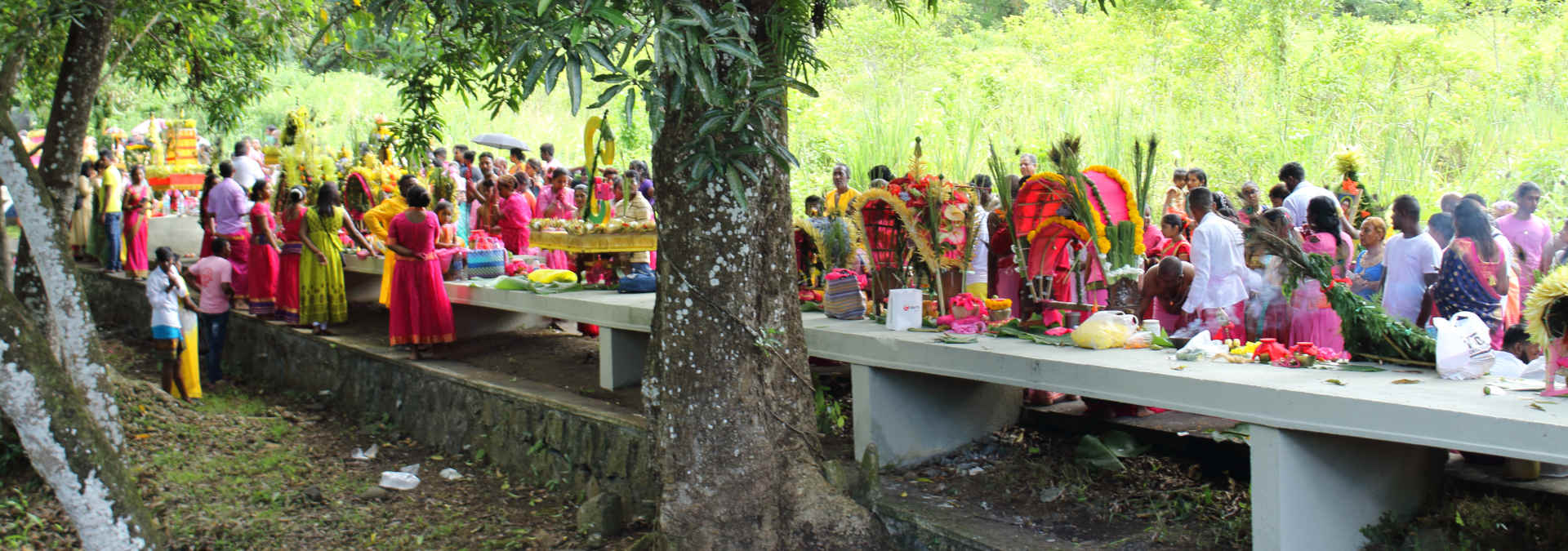
(See our blog “Mauritius cuisine and restaurants“).
The road network is often saturated partly by old lorries, smoking and choking buses and… fancy luxury cars.
When is best to travel to Mauritius?
Good question to which a safe answer would be “in mi-season”; i.e. between mid-March and end of May and beginning October to mid-December. These are the less rainy periods of the year, where climate is more stable and predictable. Days are not too short and most important, both the temperatures and the humidity are moderate.
Winter is also a great period as the drier atmosphere offers a great luminosity; colours are at their best, ideal for keen photographers. Temperatures are also pleasant; just a bit too low on some days. Of course, for kitesurfing it is the right period as the windy season runs from May to November. (See our blog about “Kitesurfing in Mauritius”).
It may be a biased point-of-view from a native dreading the advent of summer, where the only pleasant moments are the shirtless evenings. (See Climate above).
For star-observers and astronomers its paradise. There are so many visible stars that one would gather the impression that the Milky way has been placed just above Mauritius; even the moonless nights are almost enlightened. (See our blog “Mauritius, so Mauritius”.)
(See climate).
The time zone of Mauritius is GMT+4. Take your time to visit Mauritius
A ride in a Mauritian bus can give the impression of being embarked in a most scary attraction of a fun fair, or a grave on wheels. On the bright side, let’s enjoy the folklore they represent. Taking the bus once is definitely an experience but they should not be relied upon as the only means of transport.
This is the reason why we advise our guests to rent a car if they intend to move around the island often; or else, rely on one of our taxis or minivans.
We also strongly recommend using our airport-transfer service upon arrival, and this applies also to those renting a car as rental-car companies can deliver cars at the villa. Our taxis and minibuses applying pre-agreed rates and knowing the location of all our villas, they allow a smooth, sit-back-and-relax first day of vacation.
Read more about roads and taxi drivers.
Purely Mauritian usages are not many as the ethnic and religious mores, rites and usages prevail, with the result that there are many to take into account in our day-to-day interaction with the people of Mauritius. For the visitor, only a few are worth being aware of; we detail them in our welcome booklets.
The immigration service of Mauritius is efficient; its officers over-zealous and intolerant. Here below is the list of countries of which passport holders must obtain a visa prior to departure. We invite you to double-check this information with the authorities in your country before planning your trip, especially if you are from an African country other than South-Africa.
– Afghanistan, Bangladesh, Indonesia, Iran, Iraq, North-Korea, Laos, Libya, Mali, Pakistan, Palestinian state, Philippines, Sahara, Somalia, Sri Lanka, Sudan, Syria, Taiwan, Vietnam, Yemen.
Holders of European passports as well as some other countries like South-Africa or Australia do not require any entry visa.
Since the Covid crisis, nationals from a list of 114 countries can apply for and obtain a premium visa, valid for a (renewable) period of 1 year. The main conditions are proof of residence, minimal revenues and other basic immigration requirements. Beneficiaries should however not enter the labour market nor operate a business on the local market. It is however possible to apply for residence permit while staying within the premium visa.
All villas are fitted with a water reservoir, allowing water to be available 24 hours a day, which is not the case of the main supply, especially in villages. Also, the production of electricity on the island is expensive and polluting. Our ecological convictions prompt us to make everyone aware of these realities and ask our guests to be considerate in their use and consumption of these resources.
You will read everywhere that Mauritius is the place of warm welcomes… once the immigration desks are behind you.
As far as we are concerned, we welcome our guests at the villa with a meal, a minimum of supplies in the kitchen and amenities for the first day(s). Other services are also proposed but we’ll keep quiet, some surprise is always… welcome.


